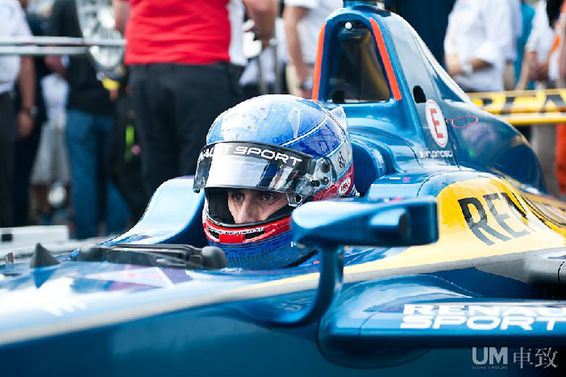The first thing you notice about the all-electric racing series Formula E is not the car, but the sound. Some talk about a whirring, others describe a high-pitched whine, others still – rather ambitiously – compare the sound of the cars to that of a plane taking off. This writer was reminded of Scalextric, or remote-controlled toy cars.
It is not in itself an unpleasant noise, but when you consider the flak that Formula 1 took at the start of the season when the noise of its cars were reduced from 145 to 134 decibels, and compare it to the 80 decibels produced by Formula E cars, it’s just, well, different.
But according to the organizers, that’s a good thing: the series is trying to appeal to a very different audience to Formula 1 – a younger crowd that has fewer preconceptions of how racing should look or sound – but when you have so many ex-F1 drivers, managers and teams, plus cars that look very similar, it’s almost impossible to detach yourself from the established motorsports circles.
Perhaps the words of Katherine Legge, one of two female drivers on the grid, will prove prophetic. After describing the silent engine in an interview with Racer.com as a “strange sensation,” noting that drivers rely on engine noise to hear the revs and gear changes, she said, “You do get used it after a couple of laps, though.”
It might take hardcore motor racing fans a little more than a couple of laps, but once you get past the sound barrier, the series is fascinating.
Intended as a platform to drive technology forward through competition, Formula E’s green credentials are impressive. The batteries are charged using a glycerin generator, with the glycerin produced from salt-water algae. The results comfortably meet California’s tough Tier 4 emission standards for pollutants and, as the technology improves, it is hoped that more people will embrace the greener lifestyle promoted by the series.
Meanwhile, the safety cars used are already charged wirelessly though magnetic induction charging pads, with plans to place pads underneath the track that will eventually allow cars to charge as they race. But the main breakthroughs are expected to come through battery developments, with the hope that they will become smaller, faster, stronger, lighter and cheaper in much the same way that cell phones and storage drives have progressed.
